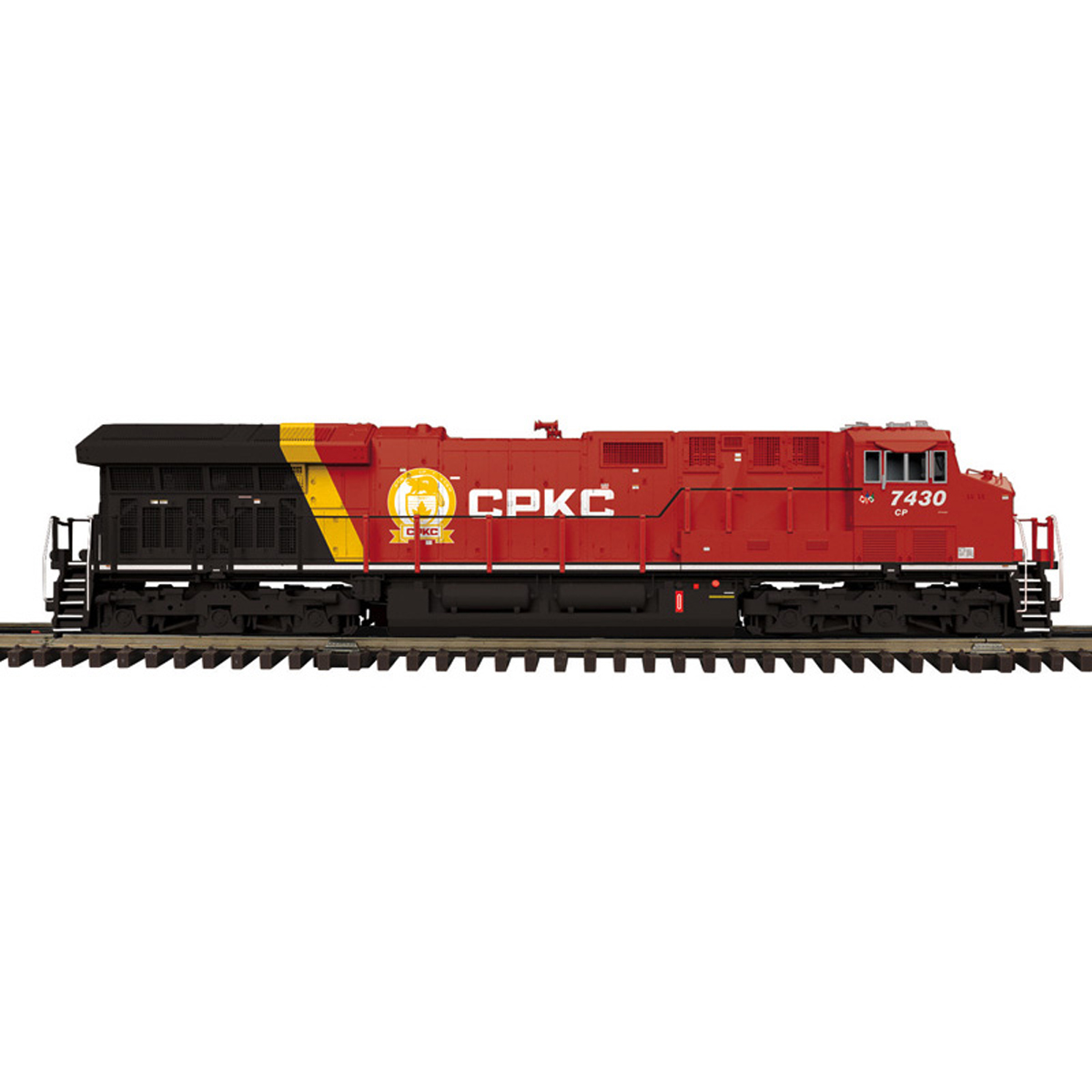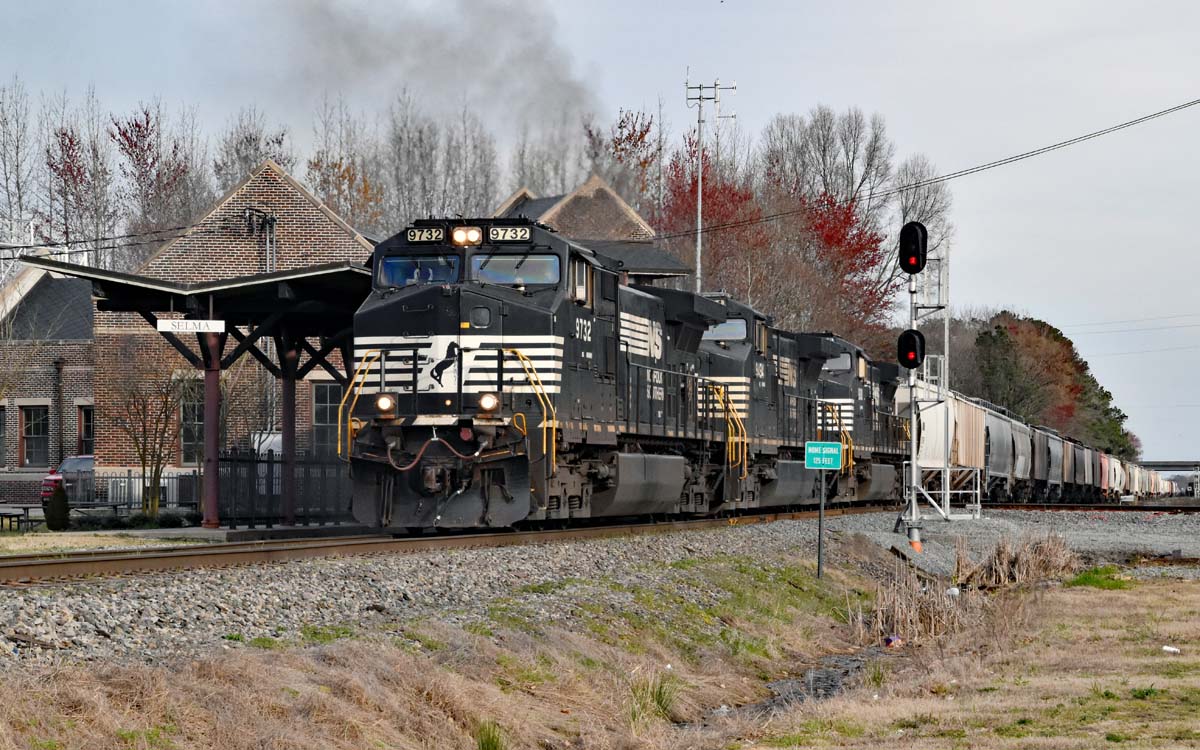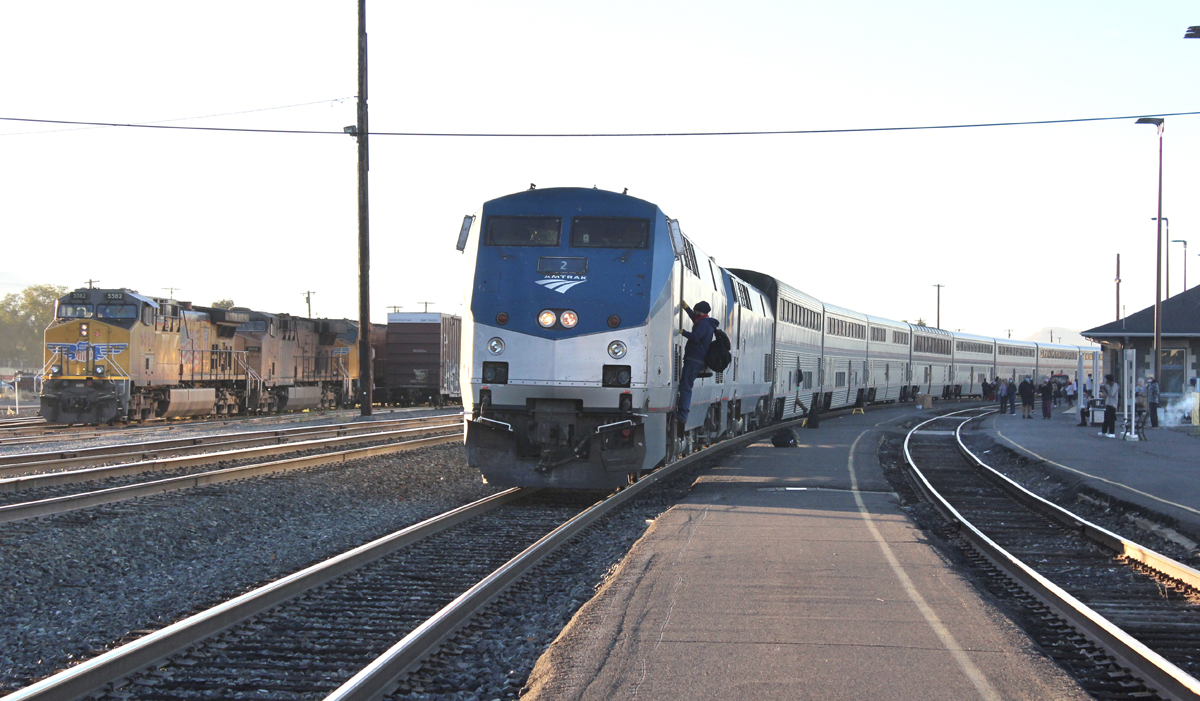Nearly half of the overall drop in carload traffic in November was due to coal’s dwindling share of electricity generation. Coal, which accounts for nearly a third of all carload volume, last month hit its lowest average weekly carload figure for November since the AAR began keeping records in 1988, Senior Economist Luisa Fernandez-Willey said on a webcast.
Carload traffic was off by 7.5% for November, but only by 4% when the 14.5% decline in coal is excluded, she says.
Trade uncertainty and the impact of tariffs has contributed to declining manufacturing output. That shows up in railroads’ industrial products volumes as manufacturers use less steel, aluminum, and other raw materials, Fernandez-Willey says.
Industrial products traffic sank nearly 5% in November, led by declines in frac sand as oil and gas drillers in Texas favor locally produced sand instead of rail-hauled sand from the Midwest. A slowdown in construction spending also has dampened demand for industrial products.
Tariffs have affected grain shipments amid the ongoing trade dispute with China. Domestic grain shipments, which account for 60% of volume, have held relatively steady this year. But exports are down 11% due to trade disputes and tariffs, Fernandez-Willey says. Flooding in the Midwest also played a role in limiting grain shipments.
The race to beat tariffs last year boosted rail traffic in several categories, from steel and aluminum to grain and international intermodal, Fernandez-Willey says.
And that makes it difficult to make meaningful year-over-year comparisons in many traffic categories that the AAR tracks, says John Gray, senior vice president of policy and economics.
Intermodal volumes have slid 4.7% for the year to date and 7.4% for November, largely due to comparisons with “phenomenal” intermodal traffic that set a record in 2018, Fernandez-Willey says.
This year is shaping up to be the second- or third-best year ever for intermodal, she notes. Intermodal is likely to continue to grow as consumers continue to spend, albeit more slowly this year than last year, she says.
Another bright spot for rail volumes: Plastics produced at new and expanded plants on the U.S. Gulf Coast. Railroads are expected to capture 40% of new plastics traffic and gain 300,000 loads by 2023, Fernandez-Willey says, citing American Chemistry Council data.
The downturn in rail traffic probably does not signal a broader economic slowdown ahead, Gray says. The economy is growing at a 2% clip, which is consistent with growth since the end of the Great Recession.
A similar freight slowdown in 2015 to 2016, which was also centered on the manufacturing sector, did not produce a recession, Gray notes.
Increased competition from trucks also likely contributed to the railroad traffic decline this year, Gray says.














Railroads share of the growth in the market is nil vs trucking and will remain so. There will always be a market for bulk products that are not too sensitive. That will be where the railroads remain for the foreseeable future. Look out for electric driverless trucks.